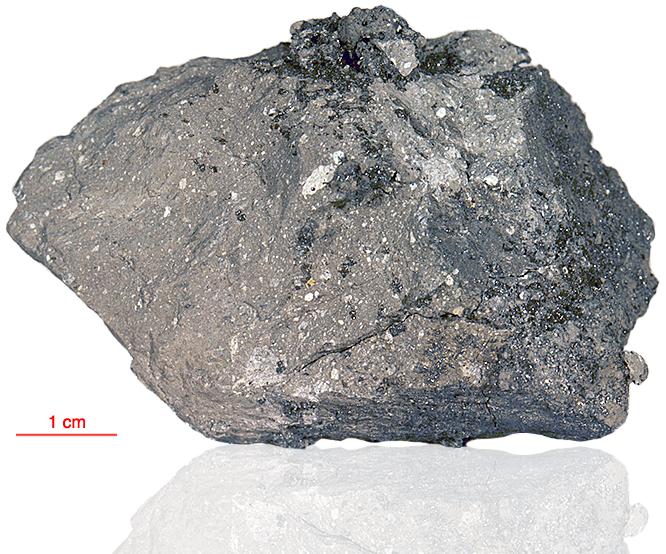
Fact sheet
65786 and its companion sample 65787 are rake samples. They appear to look like Apollo 14 breccias, although they have not been studied, nor analyzed. 65786 has a dark brown glassy matrix with abundant small clasts (mostly plagioclase-rich) and is mantled by an even darker glassy rim. Rotations focus on two types of clasts.
The sample weighed 83 grams before analysis and has not been dated.
Further details of this and other Apollo samples are here: http://curator.jsc.nasa.gov/lunar/
Our thin section is slightly thick.
The Apollo 16 landing site was in the hilly region around Descartes crater in the lunar highlands. The landing spot was chosen to allow the astronauts to gather geologically older lunar material (Descartes Formation and the Cayley Formation) than the samples obtained in the first four landings, which were in or near lunar maria.
The mission lasted 11.1 days, with a stay on the lunar surface of 71 hours. The crew were on the lunar surface for 20.2 hours during which they traversed approximately 27 kilometers and collected approximately 96 kilograms of samples.
Apollo 16 was launched on 16 April 1972.






